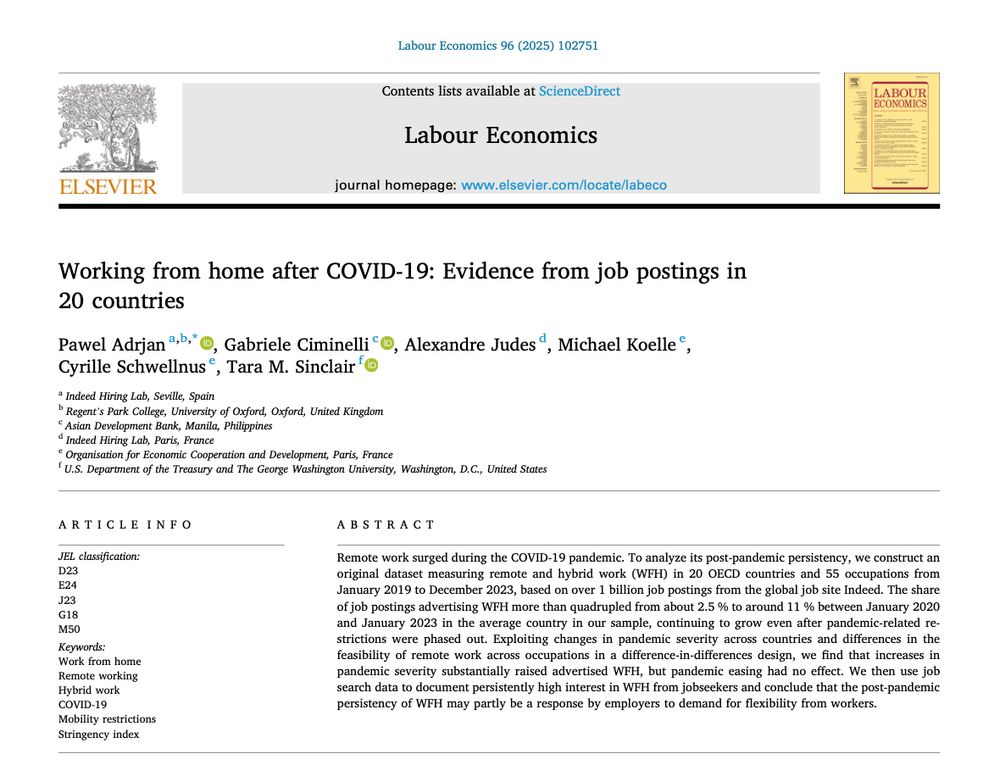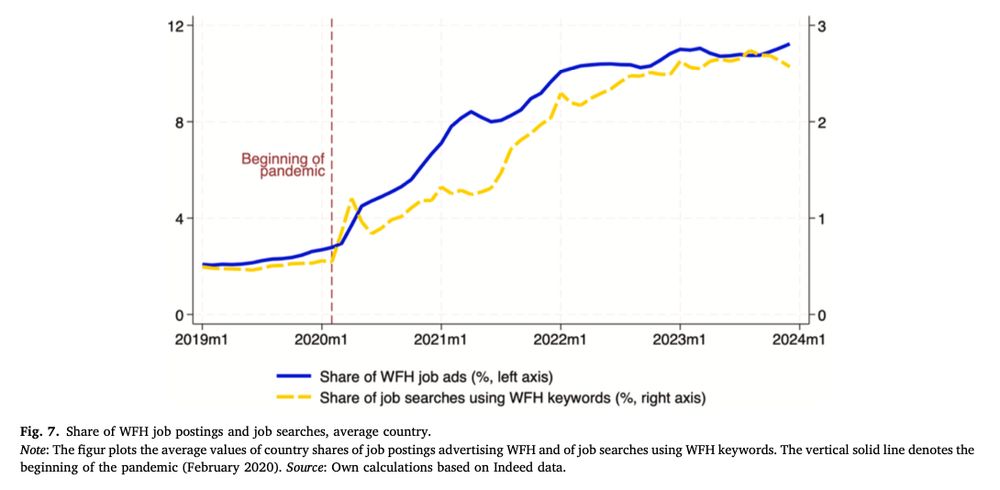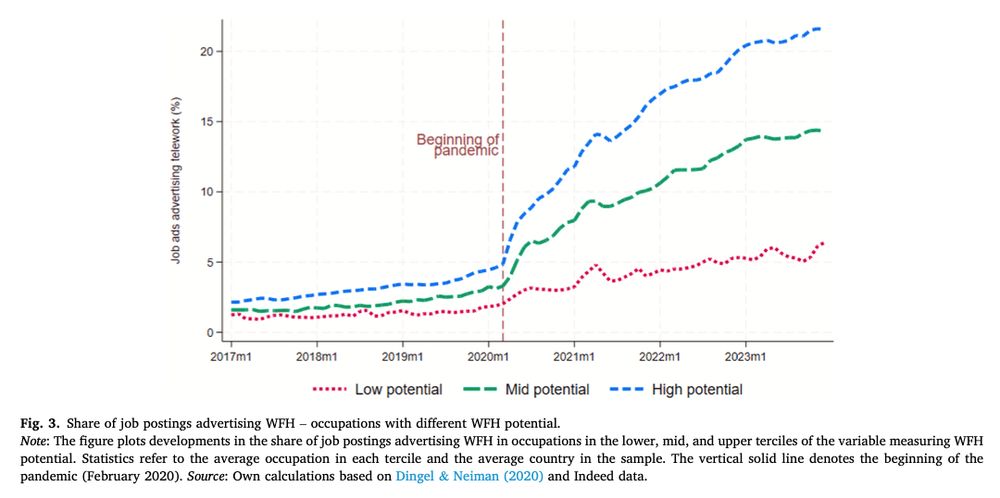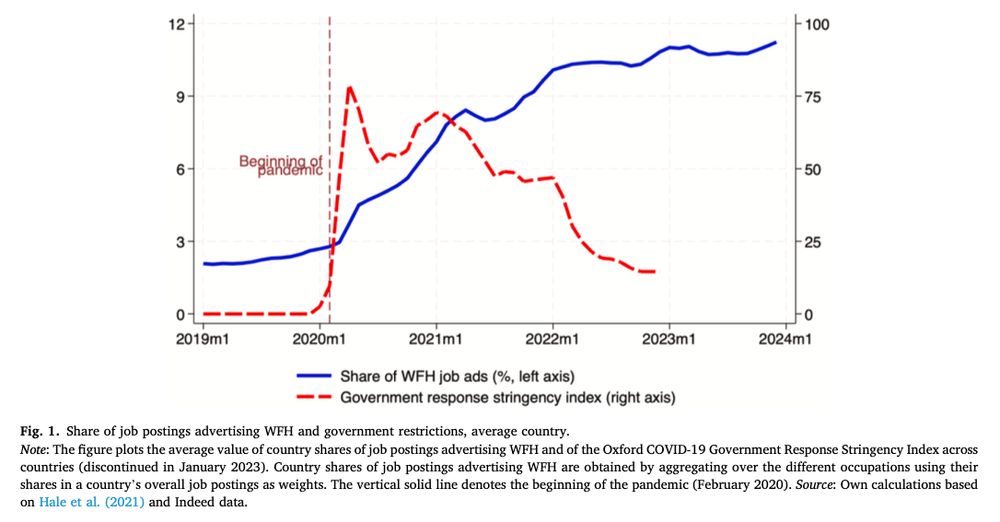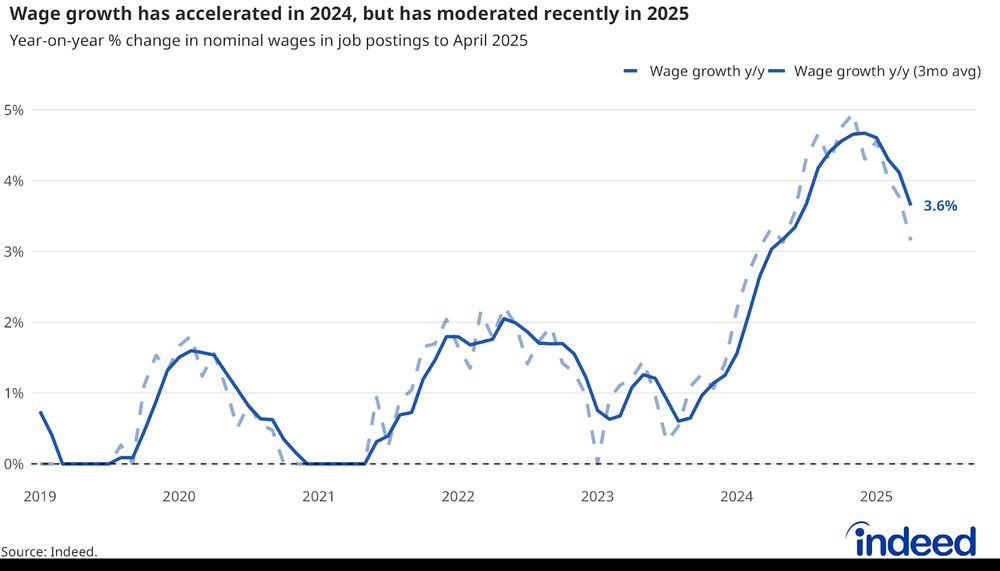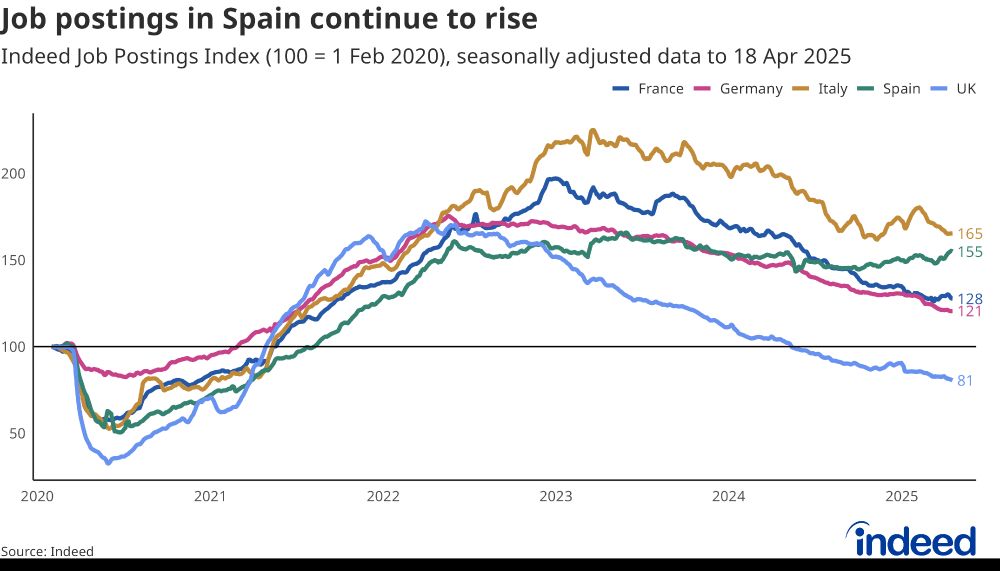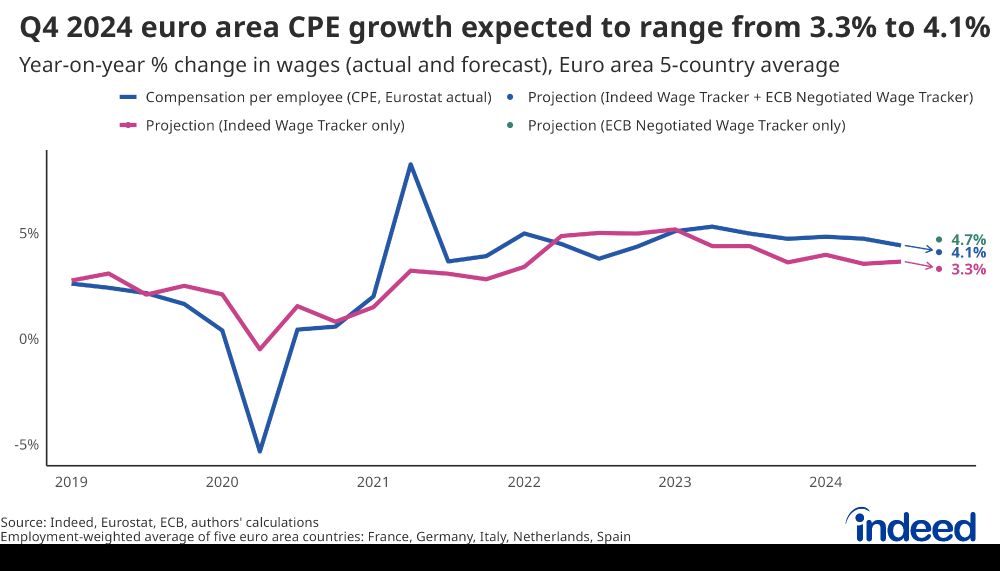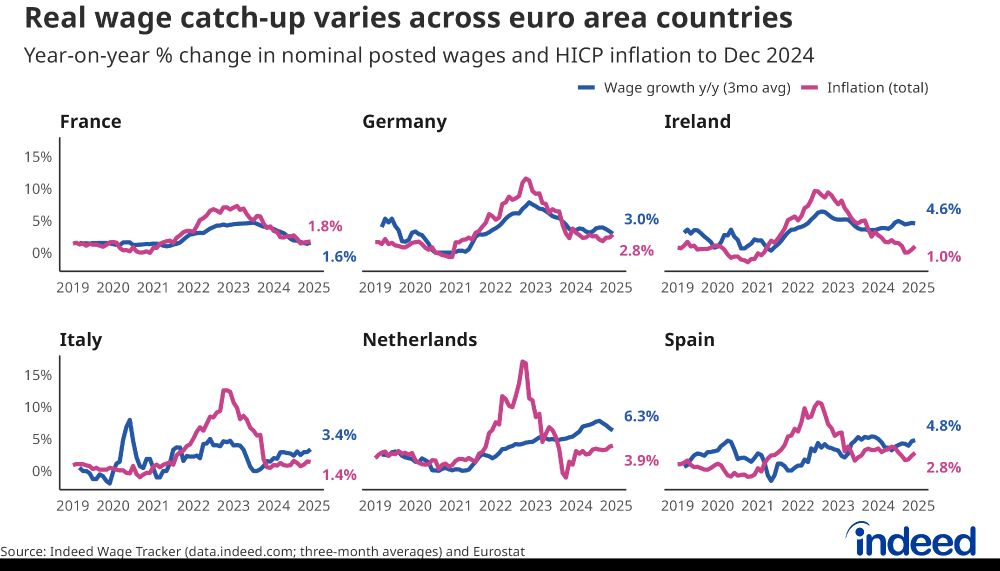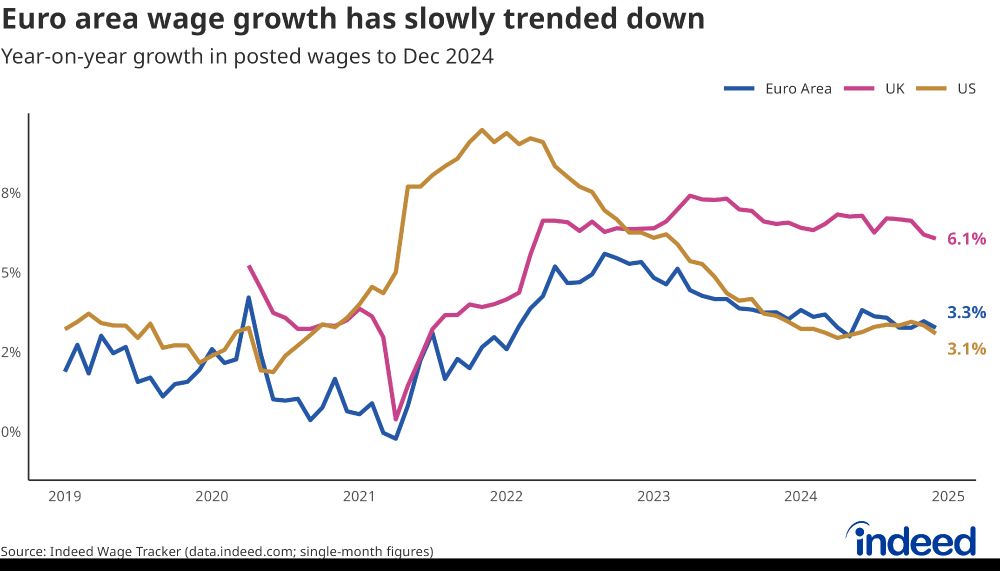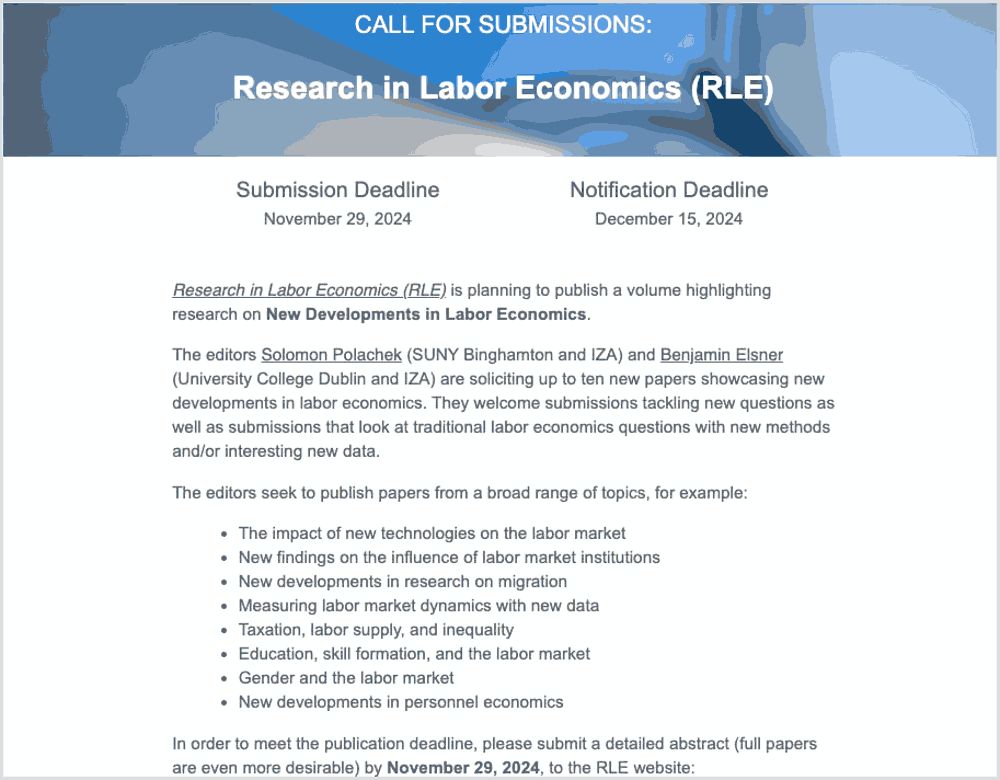Pawel Adrjan
@paweladrjan.bsky.social
240 followers
640 following
36 posts
Economist at Indeed
Research fellow at Regent's Park College, Oxford
📈 Using data to make the world of work better for all 🌈
https://sites.google.com/site/paweladrjaneconomics/
Sevilla, España
Posts
Media
Videos
Starter Packs
Reposted by Pawel Adrjan
Reposted by Pawel Adrjan
Pawel Adrjan
@paweladrjan.bsky.social
· Jan 28

Wage Growth Heading Into 2025: A Gradual Slowdown in the Euro Area - Indeed Hiring Lab UK I Ireland
Growth in advertised wages remains above pre-pandemic levels in several countries, but the latest data through the end of 2024 suggest a steady slowdown in wage growth across the euro area.
hiringlab.org
Pawel Adrjan
@paweladrjan.bsky.social
· Jan 28
Reposted by Pawel Adrjan














